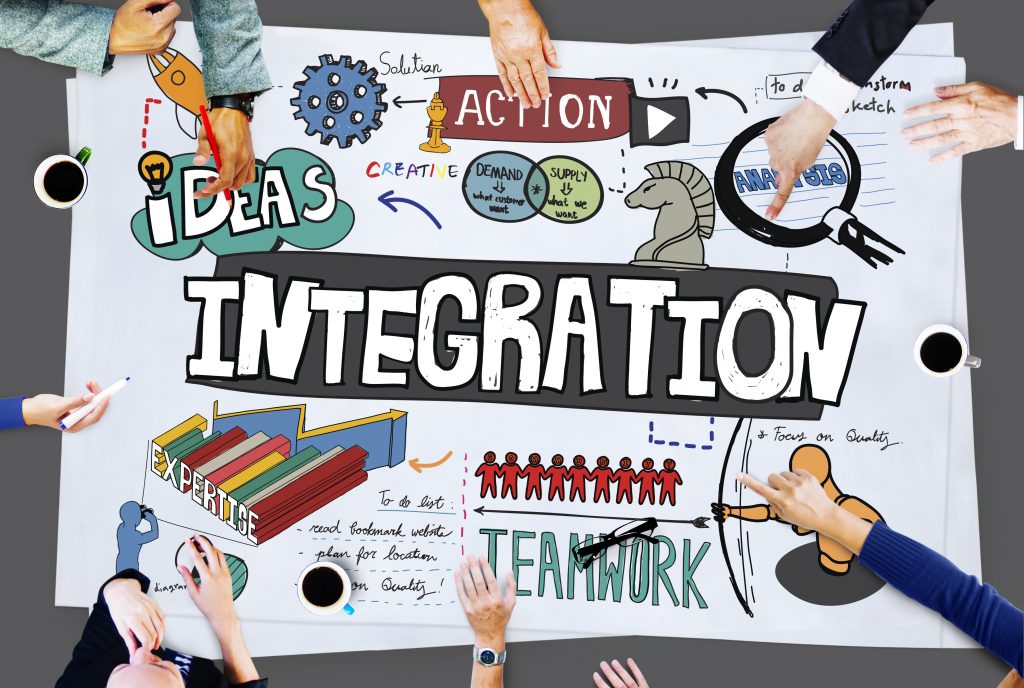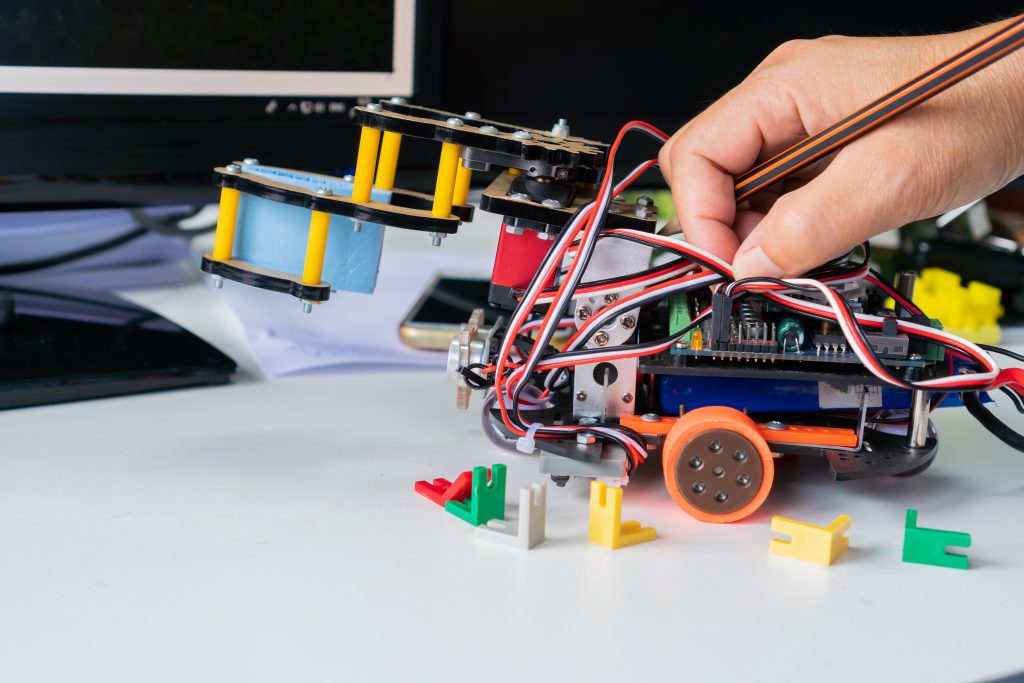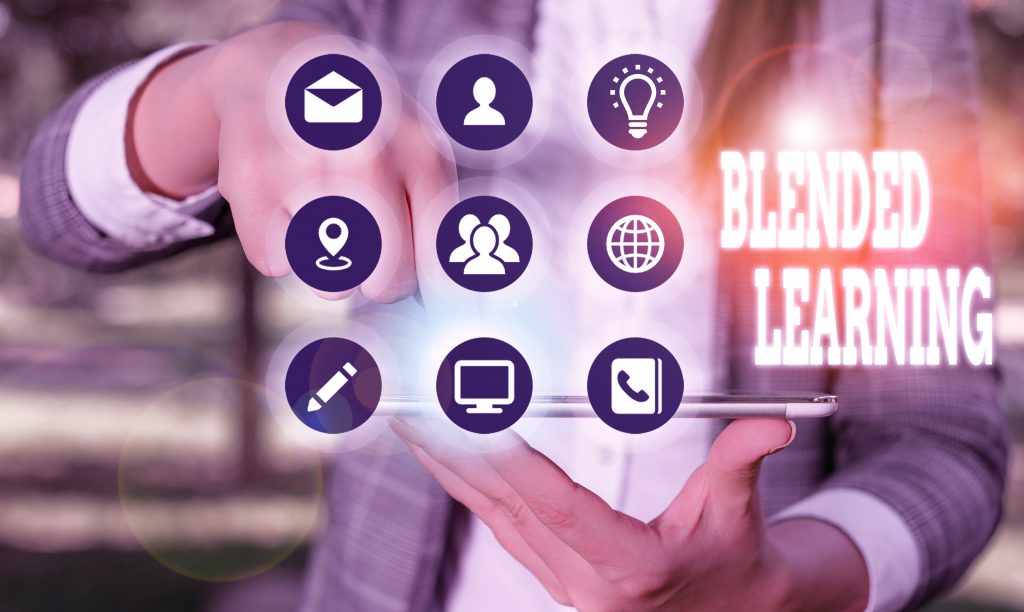For the first time in years, the place, pace, and time of imparting education are taking a back seat, and empathy, engagement, and personalization are taking center stage in shaping next-generation learning. Our educational landscape has been evolving at a rapid pace to keep up with the fast-changing environment. And now, the tremendous impact of the Covid-19 pandemic on our contemporary learning process may have changed education, as we know it, forever. The pandemic’s difficulties and challenges have highlighted the need for an equitable, sustainable, and holistic learning environment. The way we learn is changing as a result of new interventions and innovations. The following are some of the learning methodologies that are revolutionizing next-generation learning:
- Social-Emotional Learning
- Competency-based Learning
- Project-based Learning
- Blended Learning
- Non-traditional Learning

1. Social-Emotional Learning (SEL)
Social-Emotional Learning (SEL) is a process in which students gain social and emotional skills that will help them navigate real-world situations. SEL is defined by The Collaborative for Academic, Social, and Emotional Learning (CASEL) as “the process through which all young people and adults acquire and apply the knowledge, skills, and attitudes to develop healthy identities, manage emotions and achieve personal and collective goals, feel and show empathy for others, establish and maintain supportive relationships, and make responsible and caring decisions1.” Though SEL has been around for many decades, its importance was greatly felt when COVID-19 unleashed its trauma on students’ mental health.
The five core competencies of SEL are self-awareness, self-management, social awareness, relationship skills, and responsible decision-making. These aid children in developing strong emotional and social abilities, navigating social difficulties, and being prepared for the present and future. According to a growing body of evidence, social-emotional learning is crucial to the future of education, and teachers concur 2. Increasingly, schools, with the help of educational technology, are incorporating SEL into their mainstream curriculum. Educators believe that with many SEL activities — ranging from daily greetings and journaling to technology-infused games like Minecraft — students can be taught to regulate emotions, be self-aware, and prepared even in the face of unpredictable events like a global pandemic.
2. Competency-based Learning
Competency-based Learning, as the name implies, focuses on students’ ability to master academic content and skills regardless of time, pace, or location of instruction. It has drawn attention for its flexible, self-paced, and personalized approach to learning, as opposed to the traditional “one-size-fits-all” approach. With COVID-19 shedding light on glaring inequalities in our education system, attention has now shifted to the possibilities of a competency-based learning model in bridging the gap.
With the “Public School Transformation Now3” campaign, the National School Boards Association began reforming the current educational system earlier this year by introducing competency-based education programs. The campaign promotes programs tailored to the needs of the individual student by “shifting the focus from time-based credits to academic mastery3.” The campaign also believes that emphasizing blended learning, formative assessments, and student-ready practices rather than seat-time requirements will increase engagement, reduce drop-out, and improve students’ 21st-century skills. An increasing number of American states are now implementing competency-based learning models, with as many as 29 states already allowing their districts to award credits based on competency rather than seat-time.
Although transitioning to a new educational model is a complex and difficult process, a recent post on Getting Smart 4 describes how the essence of competency-based learning is incorporated into schools through simple workup. They describe how schools are moving toward a competency-based format by developing student-led goals and approaches, emphasizing content mastery over time, providing targeted and ongoing feedback, and focusing less on grades, extra credit, or penalties for late work.
3. Project-based Learning

The Project-based Learning approach abandons cookbooks in favor of actively engaging children through exploring, collaborating, and solving real-world problems through meaningful projects. The project-based learning model, for example, approaches a simple textbook statement like, “Our daily household habits waste a lot of energy and money, thereby harming the environment,” in a meaningful way. Students come up with relevant questions, research, and collaborate to achieve real-world learning using a solution-oriented approach. Project-based learning on a small scale, at home, can look like this:
- Pose a powerful question: Can a change in our daily habits save energy and keep our planet healthy for our children and grandchildren?
- Investigate and identify gaps: Find out how much energy is being wasted around the house over a few days — long showers, leaving indoor and outdoor lights on, cranking up the thermostat, and so on.
- Propose and put energy-saving ideas into action.
- Examine the following measurable data: Using energy-usage graphs from monthly electricity bills, compare pre-and post-energy consumptions.
- Measures to be interpreted and suggested: If your hypothesis is correct, propose measures such as timers for lights and showers, solar-powered lights, and so on.
Organizations such as PBLWorks 5 run highly structured and strategic projects and workshops to train teachers and districts, as well as provide resources to support remote learning. According to PBLWorks, 5800 schools and more than 60 districts have worked together to implement project-based learning. With mounting evidence indicating that “learning by doing” is the most effective method of learning, project-based learning may be one of the emerging winners of futuristic education models.
4. Blended Learning
During the pandemic, the exponential rise of online learning propelled the Blended Learning approach — a combination of technology-infused online learning and traditional classroom learning — to the forefront of education. Because of generation Alpha, who grew up with smartphones, video games, and voice-assistants, technology-infused learning was already thriving. Now, the pandemic has accelerated and established blended learning as a new normal in our education system.
Blended Learning has attracted many for its ability to make teaching and learning interactive, engaging, and personalized. Teachers can effectively engage students when they combine face-to-face instruction with creative and image-rich video-based learning, game-based instruction, and interactive whiteboards. Students can connect to the learning process by taking interactive quizzes, receiving live feedback from teachers, and mastering academic content with some flexibility in terms of time, place, and pace.
Dr. Lockee, professor of education6, believes that our educational system is ready for blended learning and is well-prepared to address online learning challenges such as access, internet connectivity, and home technology affordability. The author also believes that in the not-too-distant future, field trips to the dinosaur-infested Mesozoic era or the Martian landscape will be possible without leaving Earth. In the form of eLearning tools, technologies such as augmented reality, virtual reality, gamification, and artificial intelligence are already available (In Mind app, Elevate app). As a result, with ongoing advancements in educational technology, the sky is the limit for the future of blended learning.

5. Non-traditional Learning
Finally, a highly innovative and one-of-a-kind learning approach that defies all norms of traditional education is just beginning to revolutionize the education industry. The non-traditional learning model, inspired by the tech-savvy alpha generation and designed with cutting-edge innovations, focuses on fostering 21st-century skills through problem-solving in a non-rigid, student-centric environment.
Schools like Elon Musk’s Ad Astra and its offshoot, Synthesis, are trailblazers and have led the way in many ways to break away from traditional learning: online-only learning, STEM mindset, no age or grade segregation, and learning by solving problems and gamification. This futuristic, non-traditional form of learning, according to Chrisman Frank, CEO of Synthesis, is gaining a lot of attention. He observes, “Synthesis launched in November [2020] and has already reached a ~$2m annual run rate. We could probably be growing faster but our application process is deliberate. We want to find people that are aligned with our philosophy7.”
This is about as revolutionary as education can get right now. Although the schools’ futuristic vision of formal learning is bold and innovative, it is still in its early stages, and its true impact on next-generation learning has yet to be seen.
Conclusion
These are challenging times for education, but they are also opportunities to reimagine and reinvent it. The changing landscape of our educational system appears to be revitalizing teachers as mentors, students as collaborators, and encouraging students and teachers to form bonds based on empathy, compassion, and mutual respect. Regardless of future learning trends, they must aim to create a learning environment that is equally accessible, equitable, sustainable, and prepared for current and future generations’ emergencies.
References
- “Competency-based Education.” NSBA. Accessed May 12, 2021.https://nsba.org/ASBJ/2021/February/competency-based-education.
- Holzapfel, Barbara. “Navigating disruption: Spotlight on social-emotional learning.” Microsoft. March 16, 2021. https://educationblog.microsoft.com/en-us/2021/03/navigating-disruption-spotlight-on-social-emotional-learning/.
- Lockee, B.Barbara. “Online education in the post-COVID era.” Nat Electron 4, (2021). https://doi.org/10.1038/s41928-020-00534-0.
- Neimi, Karen. “What is SEL?.” CASEL. Accessed May 11, 2021. https://casel.org/what-is-sel/.
- Owens, Ben, and Lee. “From Pandemic to Possibility: Now is the Time to Consider Competency-Based Education.” Getting Smart. April 15, 2021. https://www.gettingsmart.com/2021/04/from-pandemic-to-possibility-now-is-the-time-to-consider-competency-based-education/.
- PBLWorks. Accessed May 10, 2021. https://www.pblworks.org/.
- Phan, T. Trung. “Meet Synthesis: The edtech startup scaling Elon Musk’s Ad Astra school.” The Hustle. April 12, 2021. https://thehustle.co/meet-synthesis-the-edtech-startup-scaling-elon-musks-ad-astra-school/.

















